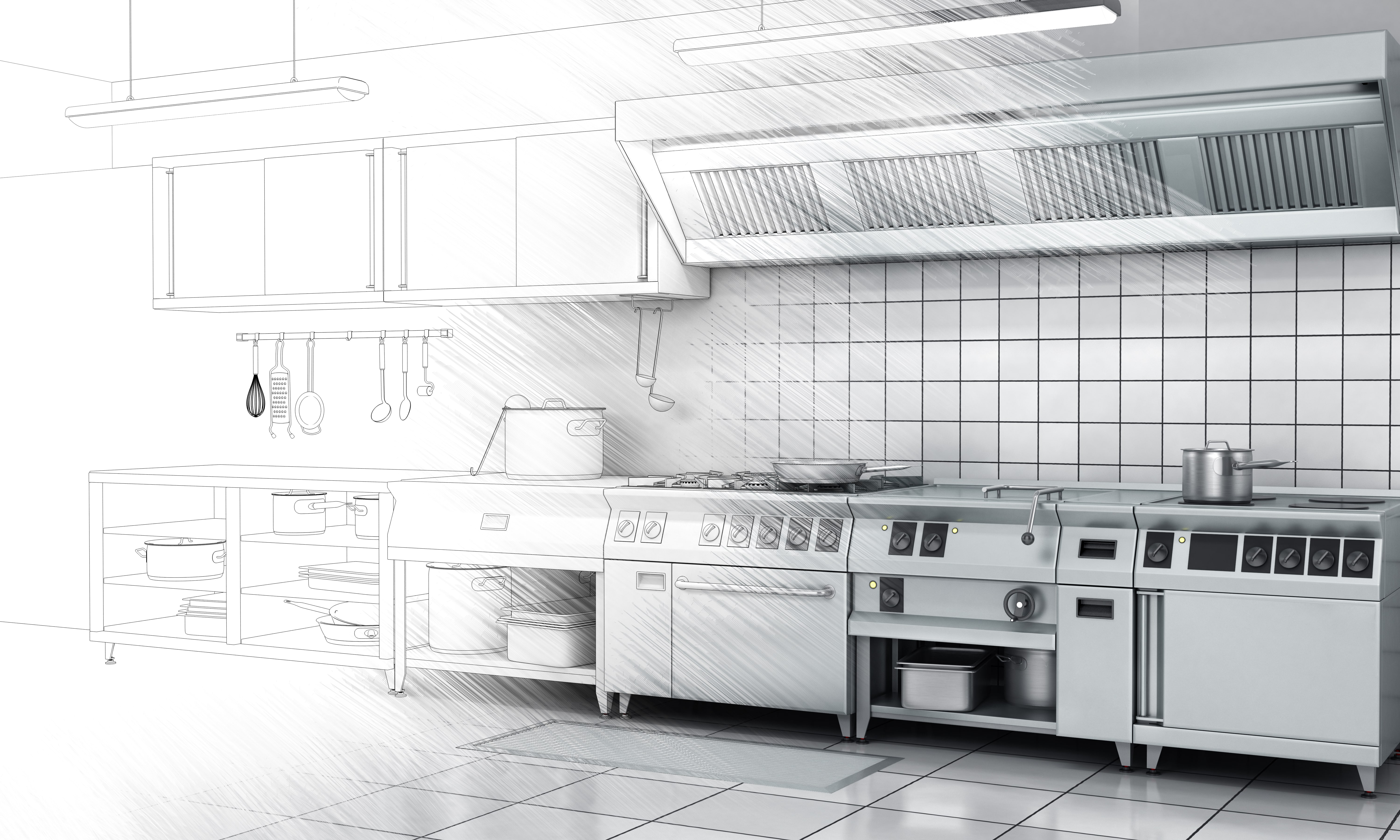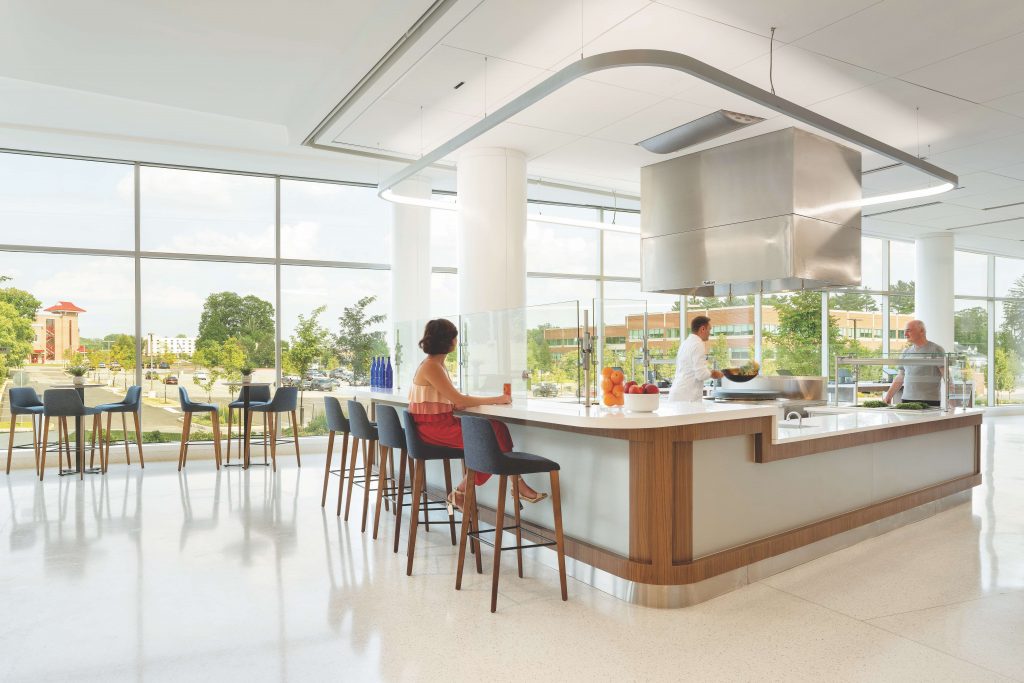
With the current focus on the health of staff as well as customers in the foodservice industry resulting in limited capacity for the industry to operate, if at all, the overall issue of emergency management in foodservice may become of greater concern to clients and their designers in the future.
The most critical of these is life safety and the associated systems that are required can be defined as a combination of technology and procedure for the early detection of, and reaction to, emergencies affecting human life. These systems are generally designed to protect the guest, minimise property loss, meet regulatory and insurance requirements and protect the establishment against future loss and lawsuits. The current pandemic and its impact on the business of foodservice would fall squarely into this category.
While it has always been prudent to have loss of business insurance as well as stock loss, accident and theft, the actions of government in closing down the business has frequently given insurers an out. In the future, it is probable that the premiums for this type of insurance that would actually have provided cover, will become usurious and not worth considering. It will be a risk that the operator will just have to self-manage.
Food safety/personal safety
The emergency situations that a foodservice business can plan for are those involving food safety and personal safety. The management of both categories of risk start with the design of the facility and therefore the design team. FCSI foodservice consultants all recognise that the facilities that they are designing will be one of the most dangerous and therefore complex areas in the overall facility and many of the activities undertaken will be a conditional probability risk.
Their processes will have been developed to take into consideration that the events and activities that they are designing for have a risk probability of 1. How often though has the design team included a risk assessment stage in the design process; before tender and construction or formally included in the punch list on completion?
The process of identifying potential physical hazards, their likelihood and consequences and then managing them through design improvements will not only overcome a potential risk and make the workplace safer but also frequently improve the workability of the facilities for the operator.
Food safety risks and hazards are generally operational; however the design of the facility can make it easier for the operator to comply and a draft food safety plan can be developed as part of the risk assessment process to identify if there are design or equipment selection issues that can mitigate the risk before it is handed over to the operator.
Prepare for the ‘what if’ scenarios
These are all controllable risks; however there can always be true emergencies that occur. In many cases local regulations will cover the basic requirements; emergency lighting and exit paths etc. But it can be a worthwhile exercise to hypothesize on what would happen in a particular emergency.
Those consultants working in areas where there is a terrorist risk are fully aware of the need to deal with this kind of emergency planning and design: for instance taking into consideration the blast zone in locating access, to the extent that they become just another normal risk rather than creating an emergency. But for most consultants a ‘what if’ exercise can be informative and add to the value that they bring to the design.
While not as extreme as a bomb, emergencies can range from simple power failure through to the delivery vehicle accidentally reversing through the kitchen wall or one of the kitchen staff collapsing. How easy would it be for emergency personnel to get them out of the kitchen?
However unlikely, which tends to be what an emergency is all about, today we can add the possibility that a guest or a member of staff tests positive to a virus and the effect that will have on the business. Once this would have been categorised as an emergency situation, now it has become a controllable risk which can be mitigated through the design of the facility. An impact assessment will assist in identifying control options and informing design decisions and direction. For design consultants, this is the new normal.
Tim Smallwood FFCSI




